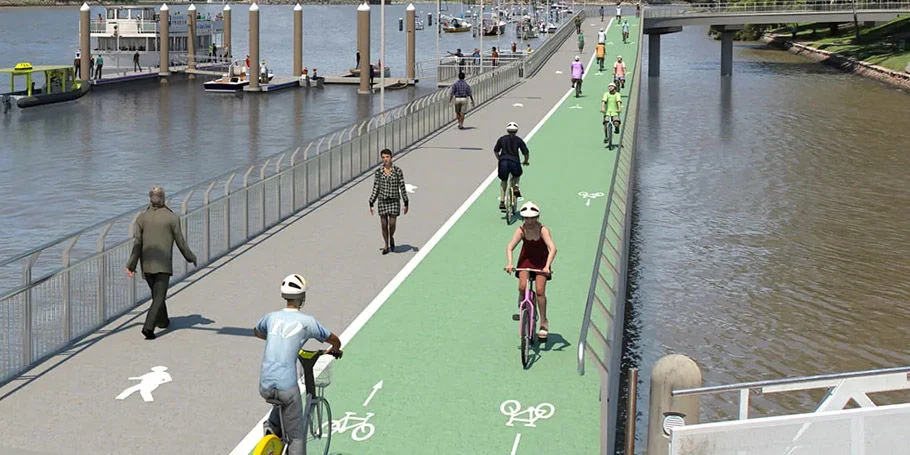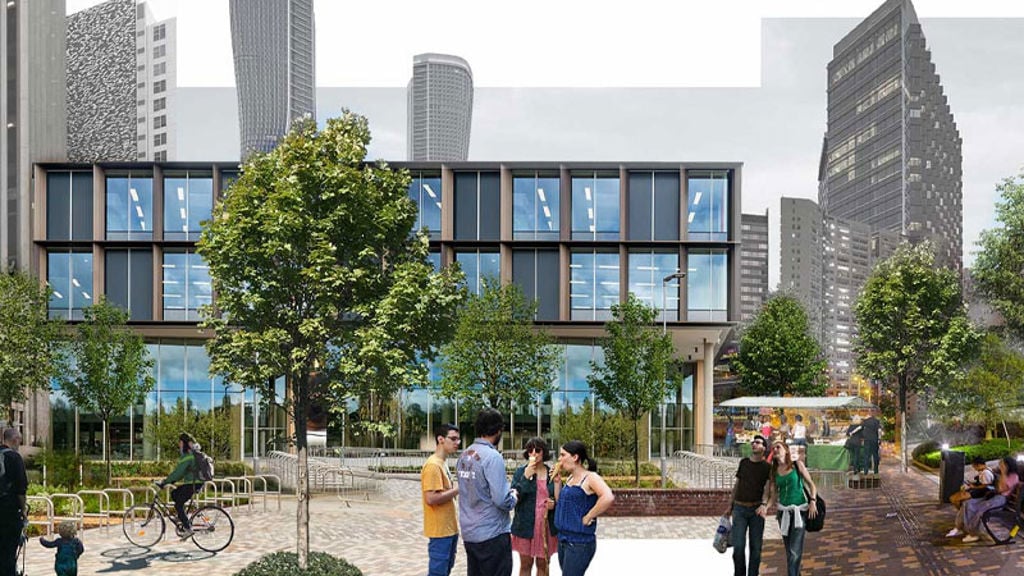The London 2012 Olympic Games’ had a commitment to being the ‘greenest games' with sustainability objectives that covered carbon, waste, materials and environmental impacts.
The temporary overlay design and operational period of the park was required to boost waste recycling while avoiding environmental incidents. The construction of walls, concourses, embankments, foot and highway bridges at the Olympic Park had to minimise the associated carbon footprint.
Arup’s sustainability team advised the client on priorities and established the alignment of new products and techniques with them. The team assessed embodied carbon and lifecycle impacts for different designs and materials, resulting in specifications that delivered the best sustainability outcomes.
Our designs for structures, bridges and highways evolved from conception to final construction to reduce embodied carbon through changes in the volumes and types of materials used.
With sustainability at its core, ‘lean design’ achieved significant reductions in materials used, minimising carbon emissions as a result. We removed unnecessary bridges and replaced others with leaner structures, saving at least 44,900 tonnes of CO² (26% reduction). Using more cement replacement materials in the construction of retaining walls, concourses, embankments and bridges, embodied CO² was cut by approximately 615 tonnes (24% reduction).








